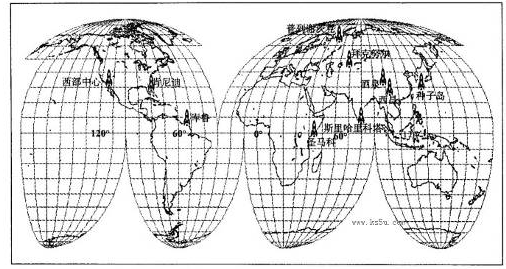Remember the days when companies such as Microsoft and Mc-Kinsey took immense satisfaction from subjecting job candidates to mind-crunching strategy sessions If you thought that was rough, imagine an interview in which no amount of research or questioning of insiders will help. Imagine instead that all you can do is have a healthy breakfast, pick out your nicest suit, and hope for the best. In the new interview, they’re not just testing what you know. They’re also testing who you are.
It’s called the situational interview, and it’s quickly becoming a must in the job-seeking world. In the post-Enron culture of caution, corporations are focusing on an obvious insight: that a gold-plated resume and winning personality are about as accurate in determining job performance as Wall Street analysts are in picking stocks. Now, with shareholder scrutiny, hiring slowdowns, and expense-reducing, no manager can afford to hire the wrong person. Hundreds of companies are switching to the new methods. Whereas the conventional interview has been found to be only 7% accurate in predicting job performance, situational interviews deliver a rating of 54%—the most of any interviewing tool.
The situational technique’s superiority stems from its ability to trip up even the wittiest of interviewees. Of course, every applicant must display a healthy dose of occupational know-how, but behavior and ethical backbone play a big role. For example, a prospective analyst at a Wall Street bank might have to face, say, a customer with an account argument. It’s not happening on paper, but in real time—with managers and experts watching nearby. The interviewer plays the role of a fierce customer on the phone, angry about money lost when a trade wasn’t executed on time. It’s set up as an obvious mistake on the banker’s part.
Interviewers watch the candidates’ reactions: how they process the complex account information, their ability to talk the client down, what their body language displays about their own shortcomings, and which words they choose. In this instance, not being honest about the mistake or showing anger or frustration—no matter how glowing your resume—means you’re out.
Behavioral interviews are also being rounded out by other tools that, until recently, had been reserved for elite hires. Personality-testing outfit Caliper, for example, which probes candidates for emotional-intelligence skills and job ability, has seen its business jump 20% this year.
Clearly, the new interview isn’t without its drawbacks. Companies run the risk of arousing hostility in candidates, who may feel as if some line has been crossed into personal territory. Moreover, sortie companies worry about the fairness of personality tests. They have to make sure there are no inherent gender or racial biases in the test.
The new interview is widely adopted because of its ().
A.efficiency in selecting the fittest brains
B.insight into the interviewee’s character
C.accuracy in testing working experience
D.exactness in assessing performing skills

